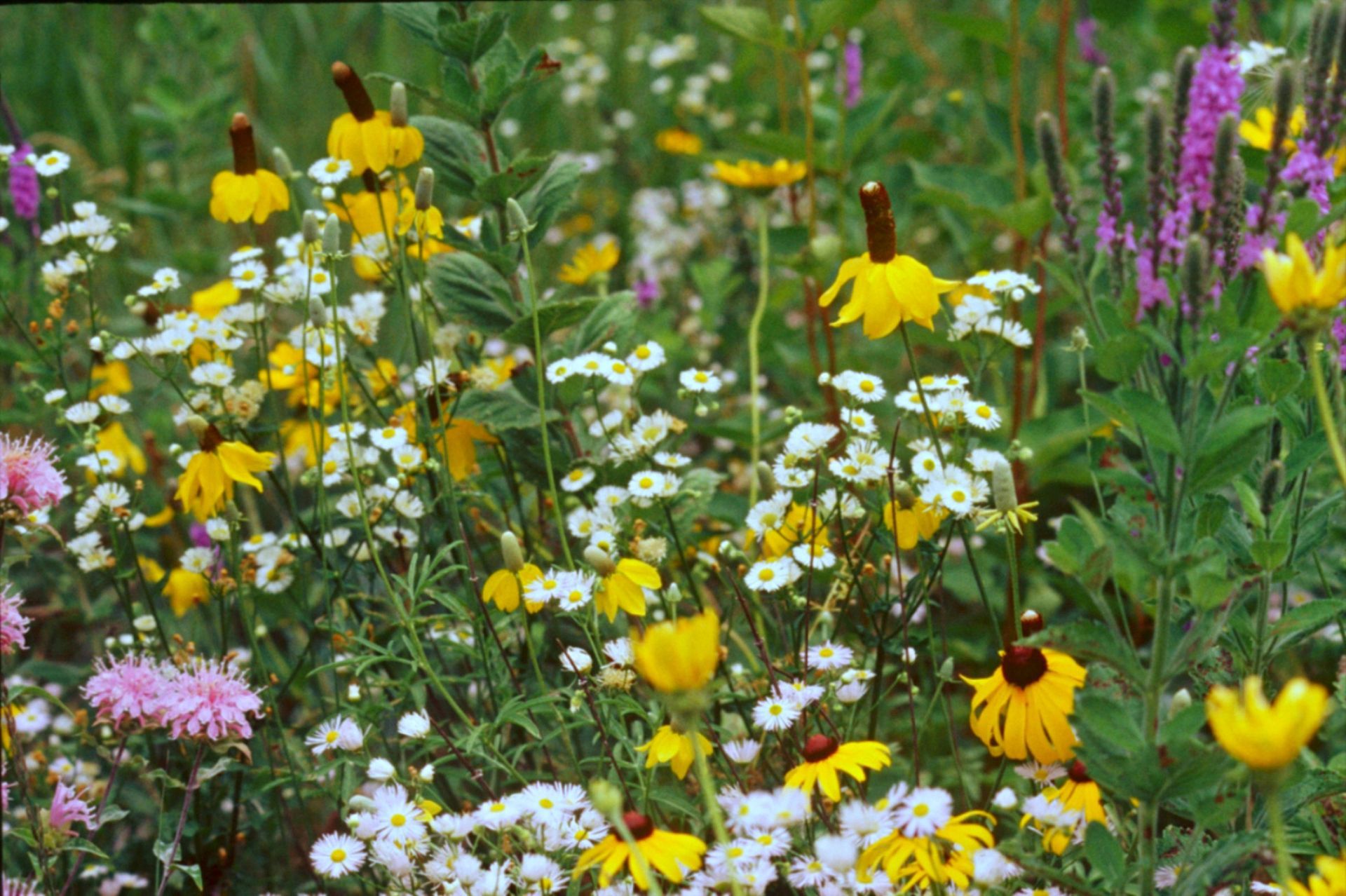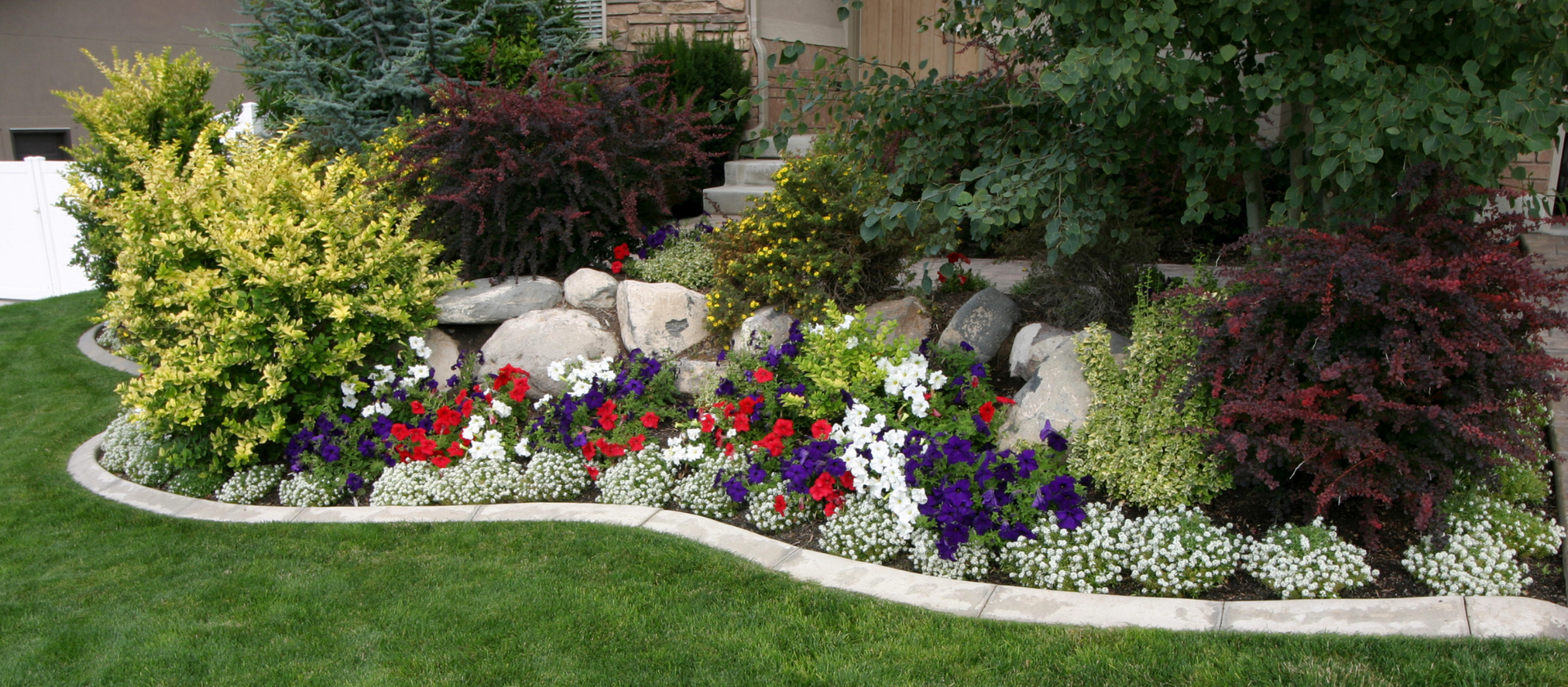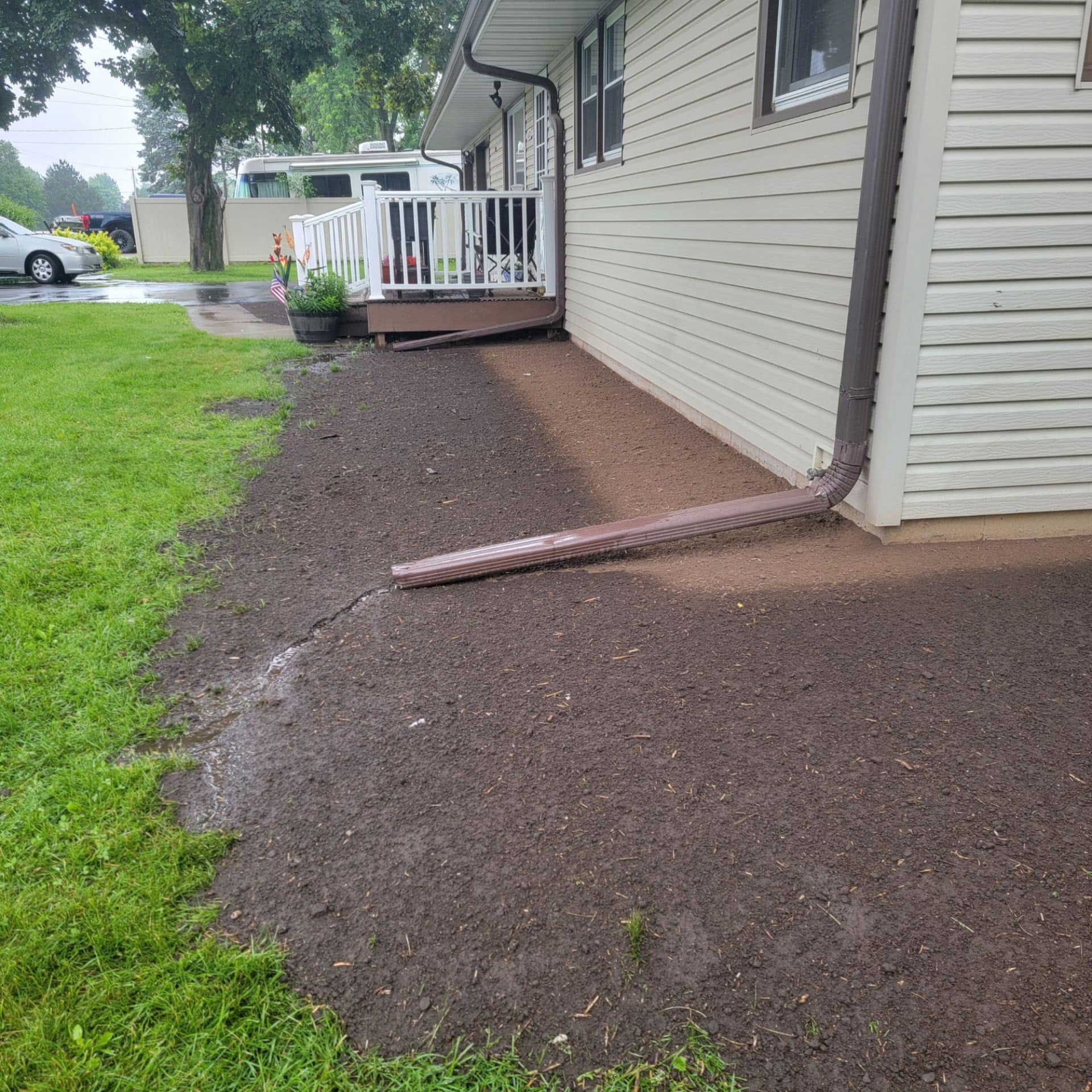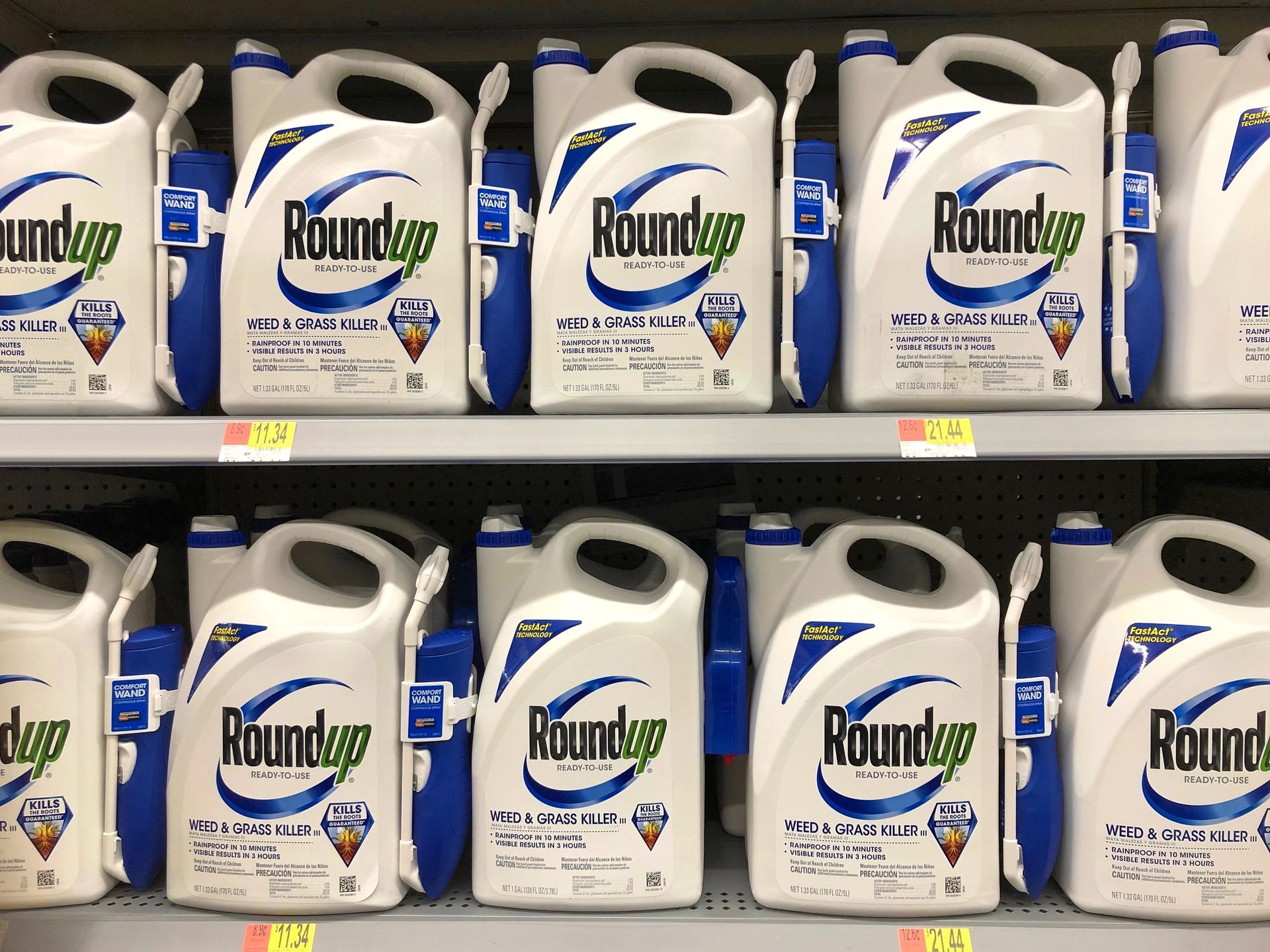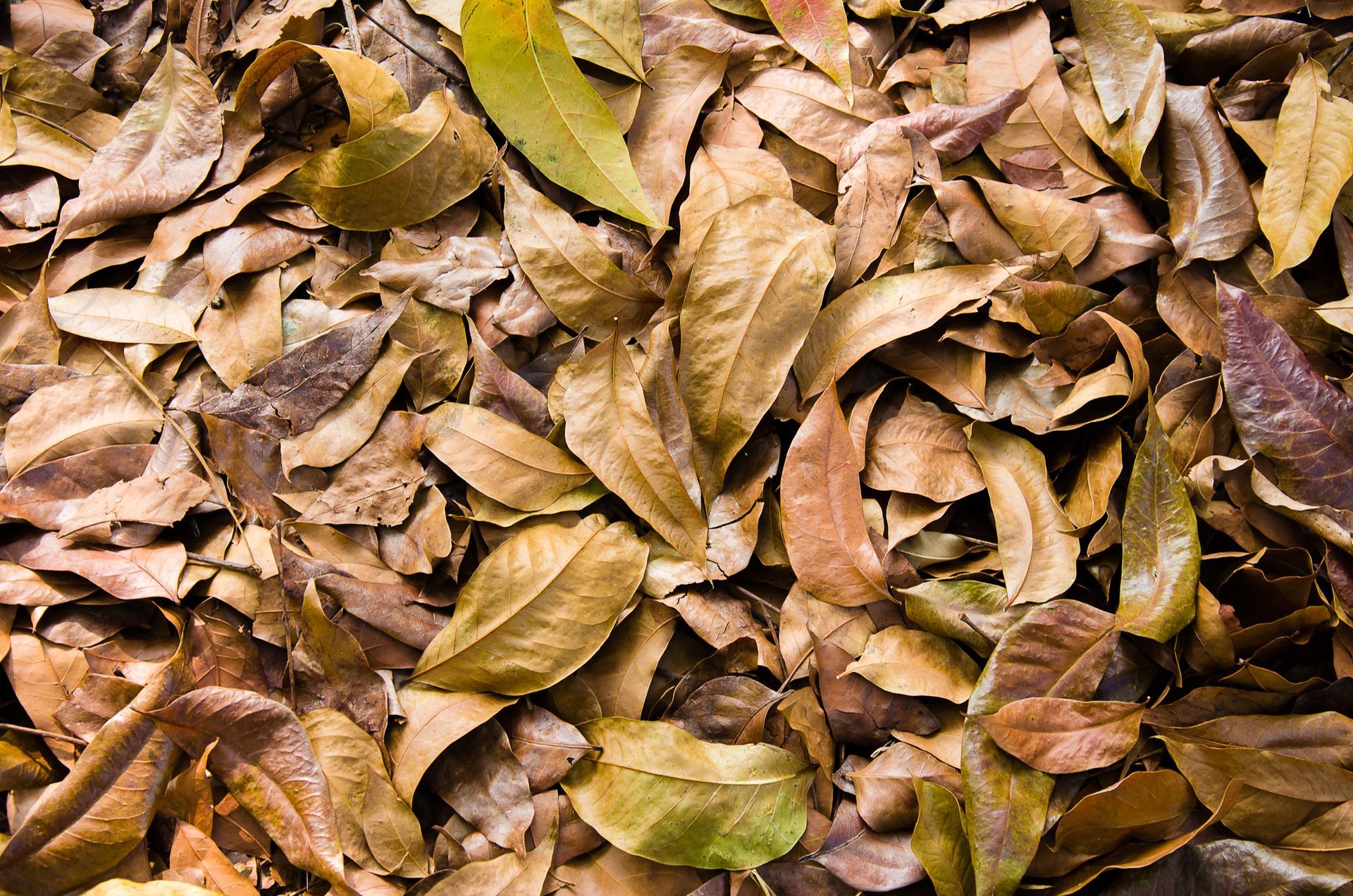Protect Your Plants This Winter: What to Cover and How to Do It
Paul Rote • December 5, 2024
Tips from Rote's Landscaping & Waterproofing for Keeping Your Garden Safe
Winter in Wisconsin can be harsh, and the freezing temperatures, snow, and ice can take a toll on your plants. At Rote's Landscaping & Waterproofing, we believe in protecting the beauty of your garden year-round. Knowing which plants need extra care during winter and how to cover them properly can make all the difference. Here’s your guide to keeping your plants safe this winter.
Contact Us Today
Which Plants Should You Cover?
Some plants are more sensitive to winter weather than others. These are the types of plants you should prioritize covering:
Perennials: While many perennials can survive winter, young or newly planted ones are more vulnerable to frost damage. Covering them can help establish their roots.
Evergreens: These plants lose moisture during winter and are prone to drying out in freezing winds. Covering them shields them from the harsh conditions.
Tender Shrubs and Trees: Species like roses or young fruit trees can suffer from extreme cold and benefit from protective coverings.
Cold-Sensitive Plants: Plants like hydrangeas, azaleas, or other non-native species in your garden may need extra insulation.
Vegetable Gardens: If you have a winter vegetable garden, covering crops like kale, spinach, or lettuce can extend their growing season.
How to Cover Your Plants Properly
Protecting your plants during the winter is about more than just throwing a tarp over them. Here are the best methods to ensure effective protection:
Use Burlap or Frost Cloth
Wrap shrubs and small trees with burlap to protect them from wind and freezing temperatures.
Frost cloths are lightweight and breathable, making them ideal for delicate plants. Ensure the material doesn’t rest directly on the leaves to prevent damage.
Mulch Around the Base
Apply a thick layer of mulch (2-4 inches) around the base of your plants to insulate the roots. Straw, wood chips, or shredded bark work well.
Avoid piling mulch directly against the stem or trunk to prevent rot.
Create a Temporary Shelter
For larger plants, use stakes to build a frame and drape fabric or plastic over it. Secure it to the ground to prevent wind from displacing it.
Make sure the covering allows some airflow to prevent mold growth.
Cover Vegetable Gardens with Cold Frames or Row Covers
Cold frames are small, enclosed structures that trap heat and protect winter crops.
Row covers are simple fabric sheets supported by hoops that keep frost off your vegetables.
Water Before a Freeze
Hydrated plants are less susceptible to freezing damage. Water your plants thoroughly before a hard freeze.
Remove Covers During the Day
When temperatures rise above freezing, remove the coverings to allow plants to get sunlight and airflow. Reapply them in the evening.
Tips for Extra Protection
Windbreaks: Use fences, shrubs, or temporary barriers to block cold winds from reaching your plants.
Antitranspirants: Spray evergreens with antitranspirants to reduce moisture loss during the winter months.
Plant Placement: If possible, move potted plants indoors or to a sheltered area.
Trust Rote's Landscaping & Waterproofing for Your Winter Garden Care
At Rote's Landscaping & Waterproofing, we know how important your garden is to you. Our expert team is here to help protect your plants from the harsh Wisconsin winter and ensure they thrive come spring. Whether you need advice, supplies, or professional winterization services, we’re ready to assist.
Contact Us Today
Don’t let winter damage your beautiful garden. Contact Rote's Landscaping & Waterproofing to learn more about winter plant care and schedule a consultation. Let us help you keep your plants healthy and safe through every season!

